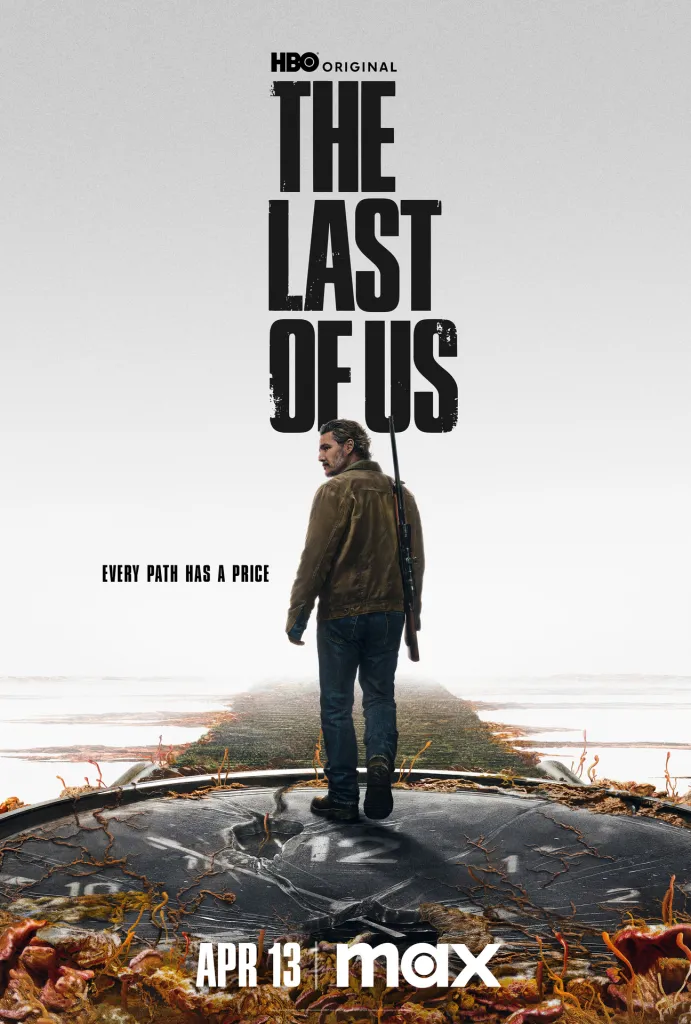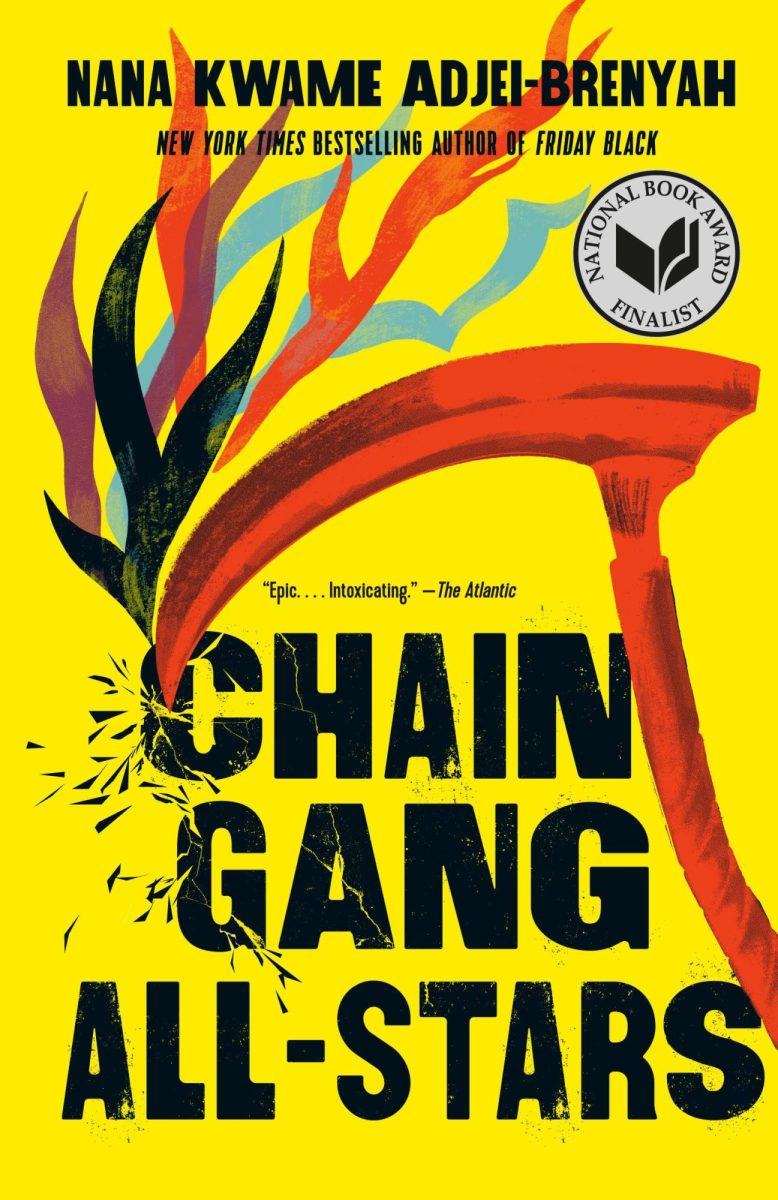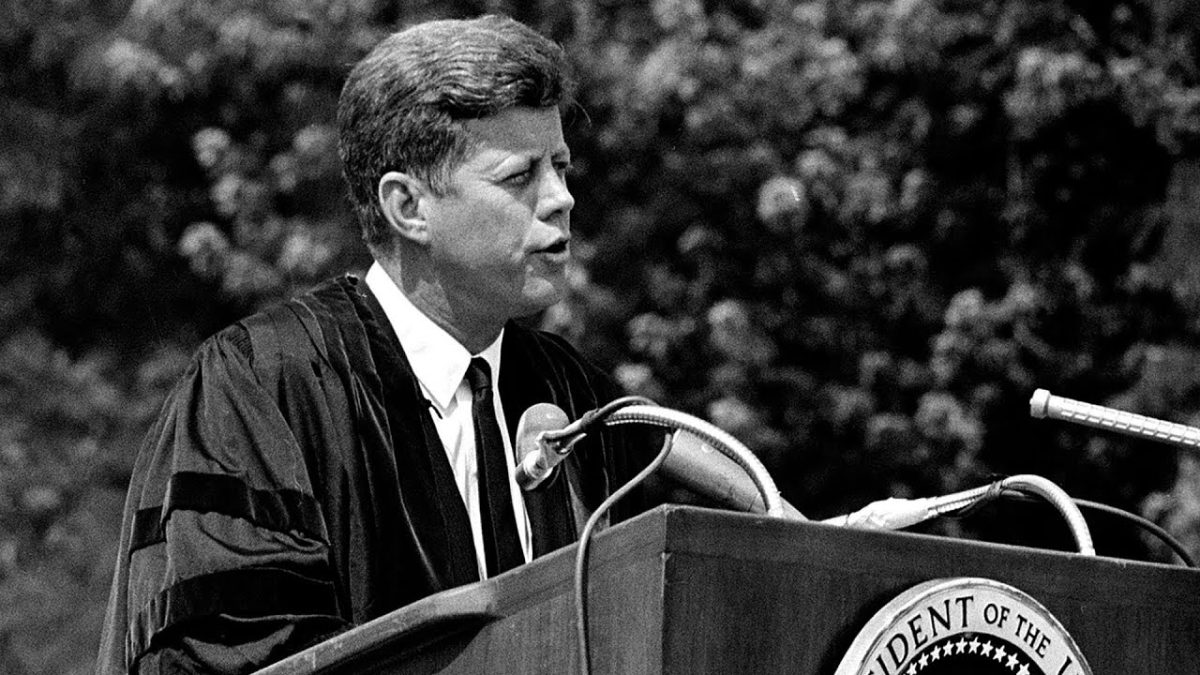Paige Andersen, Sports Editor
Originally published January 24, 2020
Cartoon by Peter Brown
In a perfect world, there would be one streaming service that offers TV shows, movies and live TV in one bundle for a reasonable price. But in case you haven’t noticed, that world doesn’t exist. Instead, humans are being cheated by streaming services.
With the release of Disney+, numerous Disney shows and movies were removed from Netflix. It’s very common for streaming services to be constantly rotating through movies and TV shows, but these were removed for one reason. Money.
Disney knew that with no other services providing their productions, people would have to subscribe to Disney + for a reasonable deal of $6.99 a month. Who could resist?
I’m sure most people have experienced the frustration or disappointment when they see that Netflix, or their main streaming service, is removing their favorite movie or TV show.
As content libraries change over time, it’s harder to keep track of what’s being added and removed from each service. Not to mention when they do add more content, it usually means raising prices as well.
In 2007, when Netflix first started streaming, it was only $5.99 a month but has escalated to $12.99. Hulu and Amazon Prime Video have followed these trends in increasing monthly prices so it’s no surprise that the cheap monthly rates of Apple TV+ and Disney+ are attractive. But eventually, the new streaming services will start raising the prices once their customers are hooked.
Streaming started in 2007 when the now notorious Netflix launched its service. The company landed tons of older productions, while TV studios and distributors gained a new source of revenue and were able to expand their customer base. TV series benefited from Netflix because a growing number of viewers discovered new shows online and then followed them to live TV.
Soon after, Hulu was created to follow this new company plan in 2008. Since then, virtually every premium channel has released its own stand-alone subscription app, including HBO (HBO Now), Showtime (Showtime), Starz (Starz Play) and even CBS (All Access).
To insulate itself from this competition and become more self-reliant, Netflix spent close to $13 billion in 2018 to produce original content. This includes shows like “Black Mirror,” “13 Reasons Why,” “Sex Education” and many more that people have binged.
We continue to eat these services up because $30 a month still beats cable, so paying for three services doesn’t seem too bad. But as entertainment is divided amongst these numerous services, we forget that streaming was created for convenience. With content continually being removed and prices, it is far from fair for people to have to pay so much for streaming services.

























